Major cities in Vietnam, which are considered less vulnerable to earthquakes because they are not located on major seismic belts like Japan or Indonesia, experienced sudden tremors on March 28 due to the impact of a magnitude 7 earthquake in Myanmar.
Although these tremors did not cause serious damage, they raised the risk of earthquakes in Vietnam and clearly revealed people's lack of preparation and response experience.
According to experts from the Institute of Geophysics, Vietnam is not located in a major geological fault zone, but can still be indirectly affected by strong earthquakes in countries in the region such as Myanmar, China or Indonesia. The recent earthquake, with its epicenter thousands of kilometers from the Vietnamese border, only caused slight shaking in many areas in Hanoi or Ho Chi Minh City.
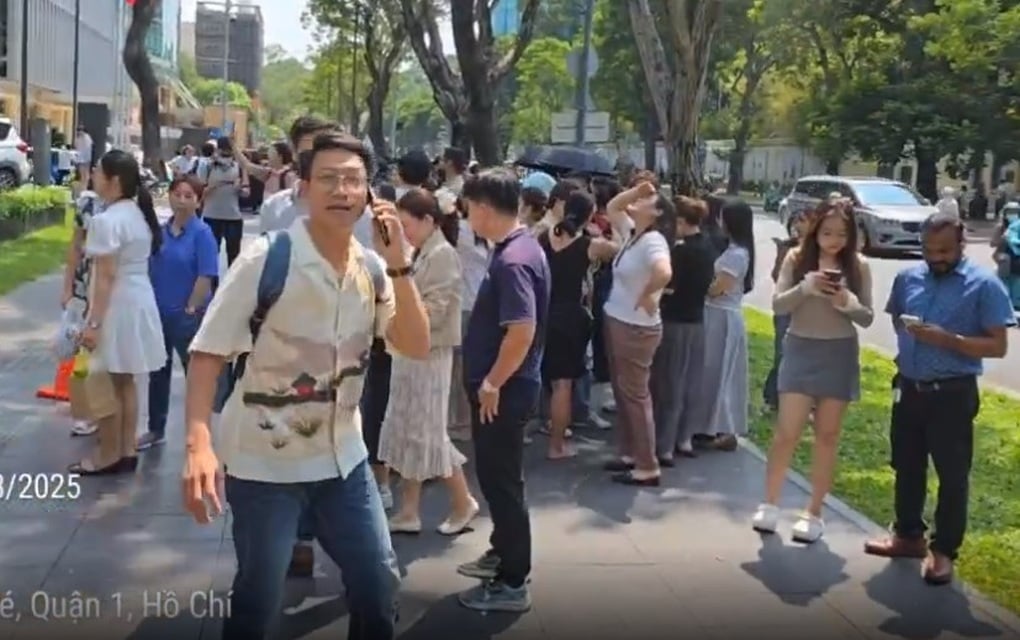
People panicked and ran out of a building in the center of Ho Chi Minh City, March 28 (Photo: Tung Le).
Media reports indicated that the shaking was insignificant, with no risk of tsunami or major damage, but was still enough to surprise and worry residents.
In fact, the risk of earthquakes in Vietnam is not completely zero. Some areas such as the Northwest, near the Lai Chau - Dien Bien fault, or the Central Highlands have recorded small earthquakes in the past, although rarely exceeding magnitude 5. With the rapid development of large cities, where there are many high-rise apartments and dense populations, even small tremors from afar can cause consequences if not properly prepared.
The reactions of the people in the March 28 event partly reflected this reality. In Hanoi, many people recounted the moment when lights swayed, beds shook, and furniture rattled, leading to scenes of residents in high-rise apartments rushing down the stairs.
Similarly, in Ho Chi Minh City, people in central districts such as District 1 and District 7 panicked when they felt the tremors, some even jostled at the exits instead of finding safe shelter. In Thailand, the Vietnamese community also described feeling the floor shaking, making them feel uneasy even though they did not understand the cause. These images show that many Vietnamese people are not familiar with earthquakes and lack basic coping skills.
This is not surprising, as Vietnam rarely experiences significant seismic events, leading to little emphasis on earthquake education and drills. However, this knee-jerk response is fraught with risks, especially in densely populated urban areas where the risk of being trampled or struck by falling objects can be more serious than the shaking itself.
Some argue that Vietnam does not need to worry about earthquakes because mild tremors are not dangerous, or that major earthquakes do not occur here. This view is partly correct given Vietnam’s geographical location, but it ignores the fact that even mild tremors can cause panic and indirect damage, especially in a rapidly urbanizing environment. High-rise apartment buildings, if not designed to earthquake-resistant standards, can be easily affected by distant vibrations. Furthermore, lack of preparation and awareness makes it easy for people to lose control, as reported by the press.
Another limitation is the over-reliance on information from authorities without taking personal initiative. Although the Institute of Geophysics quickly confirmed the low impact of the earthquake in Myanmar, many people spread rumors on social media, increasing unnecessary fear. This shows the need for a more comprehensive strategy that does not rely solely on official announcements but also equips people with the knowledge and skills to cope on their own.
From my many years of experience living in Japan - where earthquakes are a part of everyday life - I have found that the Japanese people's resilience comes not only from advanced technology but also from awareness and preparation at every level.
The Japanese always have an emergency kit at home, containing water, dry food, flashlights, hand-cranked radios, and first aid kits, usually placed in an easily accessible place such as near the door. They practice the principle of "Drop, Cover and Hold on" as a reflex, avoiding running outside immediately - an action that is potentially dangerous and is often done by Vietnamese people. According to experts, people should only move to a safe place when the shaking stops completely. If you live in an apartment building, you should prioritize using the stairs, not the elevator.
Japanese homes, from traditional wooden houses to modern apartments, are earthquake-proof, with heavy furniture secured to the walls and evacuation maps readily available. They also have an early warning system that sends signals via TV, radio, and telephone, giving precious seconds to open doors, turn off gas stoves, or seek shelter.
Foreigners who register as residents in Japan are always provided with specific information such as maps, addresses, and features of each shelter in the area. It is also recommended that you learn and memorize the route to the nearest shelter.
After the earthquake, Japanese people organized their own neighborhood relief efforts, sharing water, food, and helping the elderly and children, demonstrating a strong sense of community. Japanese children are taught about earthquakes from kindergarten through picture books, videos, and hands-on activities, which help them protect themselves without needing to be reminded by adults.
Vietnam can apply these lessons flexibly, not only to respond to earthquakes but to a wide range of natural disasters. Every household should prepare an emergency kit, placed in an easily accessible place, to ensure safety in an emergency. People can inspect and reinforce their own interiors, while the government should review building regulations for new urban construction.
Taking advantage of international applications and increasing communication through TV and social media will help raise awareness, combined with community drills to build solidarity and collective response capacity. More importantly, Vietnamese people need to learn to be proactive instead of just waiting for instructions, encouraging residential areas and apartment buildings to establish emergency response teams.
The March 28 earthquake is a reminder that Vietnam is not completely immune to seismic risks. The panicked response of the population shows a lack of preparedness, but it also opens up an opportunity for change. While it is impossible to replicate the Japanese model in its entirety, flexibly applying these lessons will help the Vietnamese be more prepared for future tremors, turning a potential threat into a manageable challenge.
Author: Pham Tam Long is a PhD in Sustainable Development in Business Administration at Osaka University, Japan; currently a lecturer at the School of International Management - Ritsumeikan Asia Pacific University, Japan. Dr. Pham Tam Long's research interests are issues of Sustainable Management in Enterprises and Management of the United Nations Sustainable Development Goals (SDGs).
The FOCUS column hopes to receive readers' comments on the content of the article. Please go to the Comments section and share your thoughts. Thank you!
Source: https://dantri.com.vn/tam-diem/lam-gi-khi-dong-dat-20250328213400625.htm



![[Photo] Cultural, sports and media bloc at the 50th Anniversary of Southern Liberation and National Reunification Day](https://vphoto.vietnam.vn/thumb/1200x675/vietnam/resource/IMAGE/2025/4/30/8a22f876e8d24890be2ae3d88c9b201c)
![[Photo] Chinese, Lao, and Cambodian troops participate in the parade to celebrate the 50th anniversary of the Liberation of the South and National Reunification Day](https://vphoto.vietnam.vn/thumb/1200x675/vietnam/resource/IMAGE/2025/4/30/30d2204b414549cfb5dc784544a72dee)


![[Photo] The parade took to the streets, walking among the arms of tens of thousands of people.](https://vphoto.vietnam.vn/thumb/1200x675/vietnam/resource/IMAGE/2025/4/30/180ec64521094c87bdb5a983ff1a30a4)




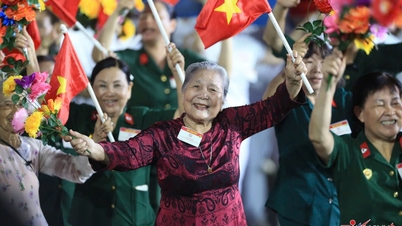







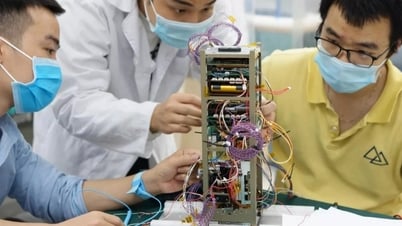



![[Photo] Performance of the Air Force Squadron at the 50th Anniversary of the Liberation of the South and National Reunification Day](https://vphoto.vietnam.vn/thumb/1200x675/vietnam/resource/IMAGE/2025/4/30/cb781ed625fc4774bb82982d31bead1e)














































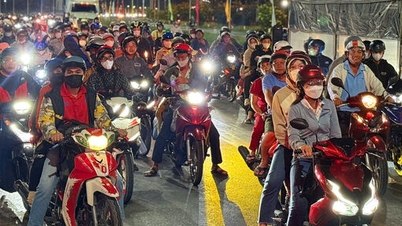



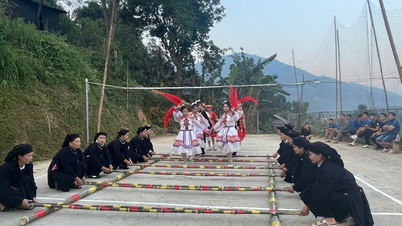
















Comment (0)